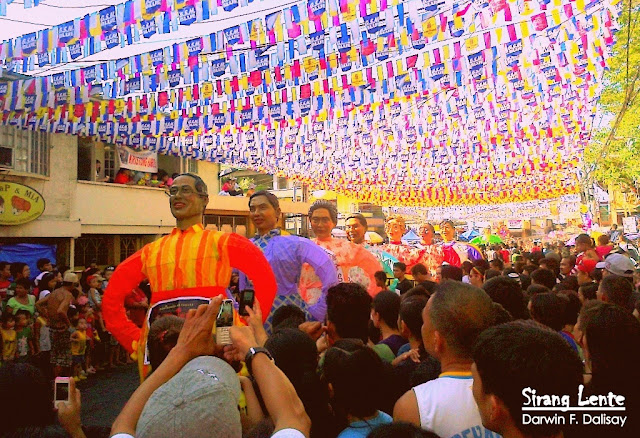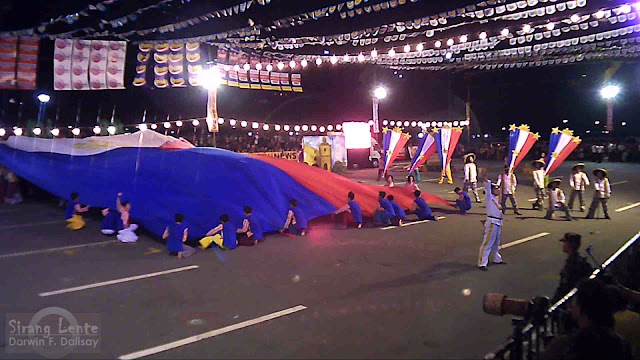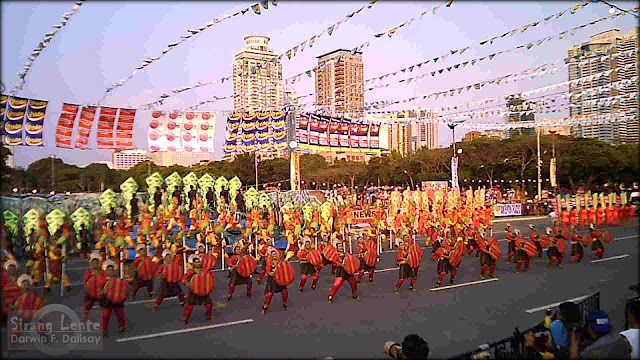
Meguyaya Festival is an annual event in Maguindanao del Norte. Meguyaya is a Teduray term for thanksgiving for the bountiful harvest. The Creator blessed them with fertile soil and a great climate, making them produce tons of corn. This annual festivities include a street dancing competition showcasing the different cultures of Teduray, Muslim, and Christian, celebrated every December. One of the most awaited events is a long stretch of corn grillers placed by the roadside where everyone enjoys roasting, a symbol of togetherness and feasting.






